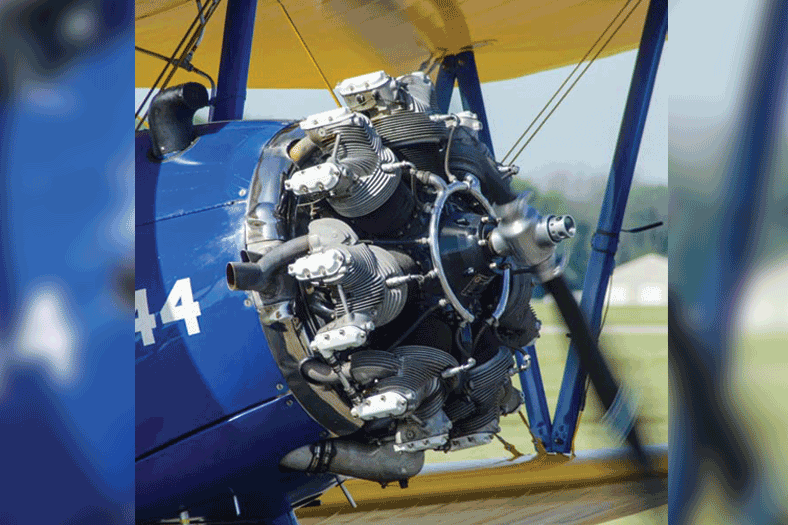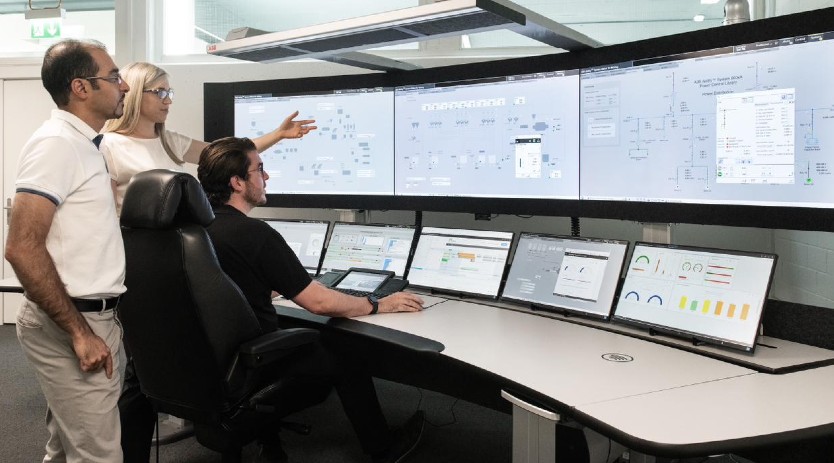Aviation takes a new turn due to current global crisis
May 12, 2020 5:25 pm
Deglobalisation and reduction in product development are some of the major outcomes of the current halt of the aviation industry on account of COVID-19. Here is an in-depth analysis of the after-effects of the pandemic on the industry.
Airbus has slashed near-term airliner production, and Boeing’s cuts could be worse. Air traffic has collapsed, and fewer aircraft will need to be repaired. Meanwhile, factories everywhere face the dilemma of how to stay in operation with worker absences as high as 50 percent. The COVID-19 pandemic is hitting the aviation industry harder and faster than most of the other crises that we have seen in the past. Airline capacity cuts, layoffs, fleet groundings, and talks regarding the halting of jetliner production have been happening at an alarming rate for the past several weeks. Sharadhi Babu, CEO, AXISCADES discusses the six direct outcomes of the pandemic that is rewriting the “new normal” in the aviation industry.
Teleconferencing is on the rise, more than travel
For years, business and salespersons have considered teleconferencing as a possibility to replace travelling to different continents for
meetings. But most of the meetings happened in person as it was considered important this way for business closures. With the rise of this pandemic, most people have begun to realise that remote meetings are equally effective and a more viable option as air travel is banned across the world. This might lead to a state where teleconferencing would turn out to be the most preferred means for setting up meetings, in turn affecting a substantial amount of air travel demand, particularly the business class customers.
New cuts in product development
Any form of government aid is not likely to focus on new product development, given the proximity of this pandemic’s impact on the company’s business. At this stage, they wouldn’t be too eager to fund new programmes or technologies. March business aircraft activity in North America, for example, dropped 31.7 percent compared to a year ago, while April activity is expected to drop 67 percent as “stayat-home” orders spread during the COVID-19 pandemic. When the tides do turn with the COVID-19 curve flattening across countries, the aviation industry is set to focus more on MRO activities as opposed to new product development activities.
Government industrial policy and industry management
The US airline industry wants $50 billion as government aid in the form of loans, grants, and loan guarantees. Boeing is in need of $60 billion for the US commercial aerospace industry. The issue is with the fact that the terms and conditions associated with this aid might depend on how companies do business, especially if this aid takes the form of an equity stake. For example, shareholder returns, sourcing decisions, and executive compensation might be controlled.
Private aviation is a roll of the dice
There is always an upsurge in the use of wealthy people using private aviation instead of scheduled air travel, especially during times like a pandemic or a terrorist strike. But this has always been a short-term use. Currently, this situation is affecting equities markets and corporate profits. It turns out that these two are closely linked with jet demand.To make matters worse, this crisis is badly affecting fuel prices as well.
China has taken its own way
The air travel and jetliner market in China has been facing troubles from early 2019 much before the COVID-19 pandemic. The crisis has also increased its tensions with the US and other countries. Economic nationalism has increased threefold and state aid plays a big role in economies during this time. In the country’s 2035 plan, commercial jets have been a big priority and the results so far have been a failure. But that issue could be solved with high trade barriers. Further, Chinese airlines would be forced to buy local jets against their will. But it turns out that China is the biggest exporter of Western jets and this could create a serious issue to the industry’s future growth.
Deglobalisation leads to a decline in growth
The geopolitical and macroeconomic drivers behind the aviation industry’s growth for jets will be majorly affected by this. Until today, we have experienced global business and free trade, and people had the freedom to visit new places and experience different cultures. But the trade barriers set up now could persist for years to come and could affect all businesses beyond aviation as well. The disruption to the supply chains created by this pandemic will lead to more inshoring for many industries, even without any government pressure. Moreover, the rise in public, corporate and personal debt as a result of this pandemic could go on for years and disrupt economic growth.
Macro trends that have helped the aviation industry in the past might help now for market recovery post this crisis. But it is unsettling to think about a dystopian future as we might face reduced growth in the coming days. This is not a very good sign for the aviation
industry.
Cookie Consent
We use cookies to personalize your experience. By continuing to visit this website you agree to our Terms & Conditions, Privacy Policy and Cookie Policy.

















 English
English Hindi
Hindi